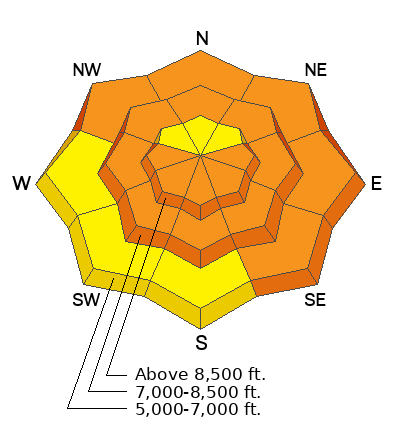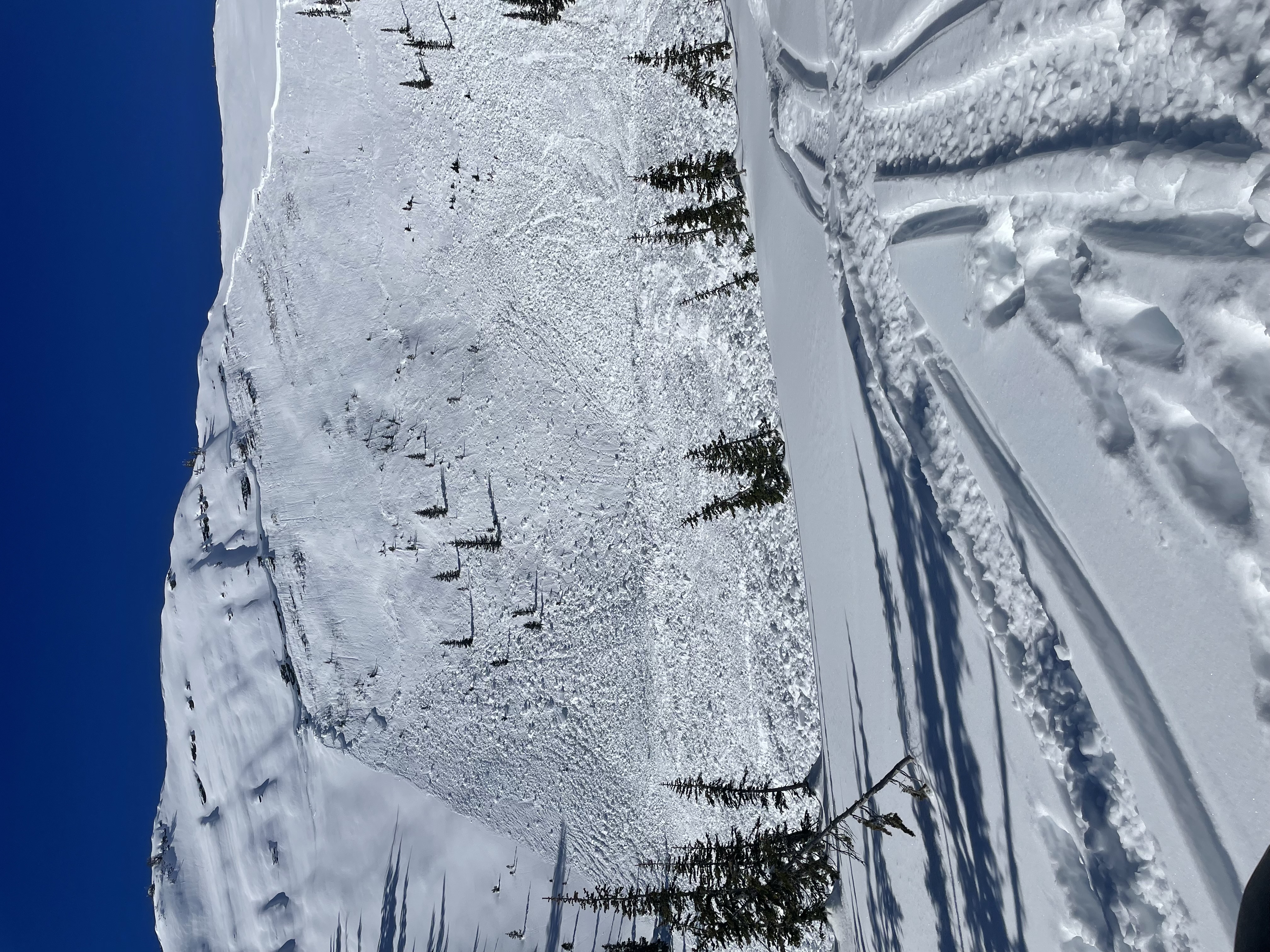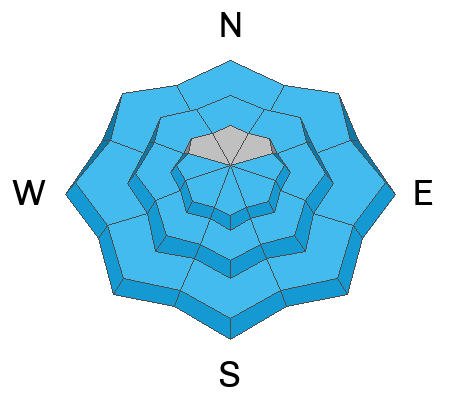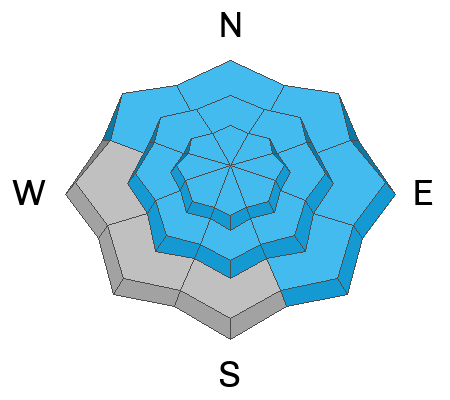Forecast for the Logan Area Mountains

Issued by Toby Weed on
Tuesday morning, January 30, 2024
Tuesday morning, January 30, 2024
There is CONSIDERABLE danger in the backcountry, and dangerous wet avalanche conditions exist on sunny slopes at all elevations. Large natural avalanches are possible, and on many slopes, people could trigger dangerous slab avalanches up to three feet deep and a couple hundred feet wide, failing on a buried persistent weak layer.
Careful snowpack evaluation, cautious route-finding, and conservative decision-making are essential for safe travel in the backcountry today.

Low
Moderate
Considerable
High
Extreme
Learn how to read the forecast here









